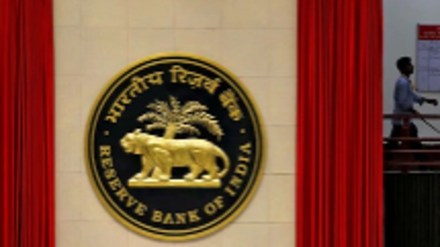The equity market’s reaction to the US Federal Reserve’s decision to cut rates by 50 basis points shows growing anticipation that the rate cycle in India too will turn soon. A lower cost of capital is always good news for the economy. The fairly steep cuts projected by the Fed raise concerns about the US economy slowing — Jerome Powell has lowered the US gross domestic product (GDP) forecast while upping the projection for unemployment. For now, however, the US economy seems to be chugging along and looks like it will manage to avoid a hard landing. That said, the labour market is weakening and the Fed probably believes the slowdown is likely to persist which is why it is trying to keep the momentum going by cutting rates.
Back home, an immediate cut in policy rates at the October policy meeting is unlikely. The Reserve Bank of India (RBI) has been steadfast in wanting to see retail inflation durably down at 4% before it cuts. To be sure, the August inflation number came in at 3.7% year-on-year (y-o-y) but it was a tad above consensus and food prices did not come off comfortably enough. In addition, pressure points were visible in core inflation too, with the price rise in the health and education spaces somewhat elevated. Although inflation is expected to move up to 5% in September, the average for the July-September quarter would undershoot the RBI’s projected 4.4%. Thereafter falling prices of food and energy could see headline inflation drifting down to around 4% by March.
As such, there is a chance that the RBI might alter its stance from the current “withdrawal of accommodation” to neutral in October and cut the policy rate in December. At the same time, the fact that liquidity today is far easier than it was a few months back suggests the stance has already changed even if not articulated. The RBI may choose to formally announce the change in the stance in December and cut simultaneously. The fall in bond yields on Thursday — the benchmark 10-year yield ended at 6.7577%, its lowest since February 25, 2022 — suggests the bond markets are pricing in cuts soon. The chances of a cut in December are high especially if the dollar continues to weaken leading to an unwanted appreciation of the rupee. While the central bank can intervene in the market to stem the appreciation, it would be difficult not to follow competing economies in the region once they start easing monetary policy. Indonesia was quick to make a quarter-point cut on Wednesday and others like South Korea too also moved.
Moreover, while the local economy grew at a reasonably good 6.7% in the June quarter, there are pockets of weakness; cars and trucks, for instance, have not been selling well, and the rural economy is yet to recover sustainably. While not the most reliable of indicators, the growth in factory output in July was flat at 4.8% y-o-y compared with June’s 4.7% y-o-y. More importantly, on a seasonally-adjusted basis, industrial output contracted for the second consecutive month with consumer goods production very weak. The point is that while GDP could well grow at 7% this fiscal, the larger informal sector remains fragile with medium and small enterprises yet to recover from the Covid blows. Leaving interest rates elevated for too long could take a toll on small enterprises.
